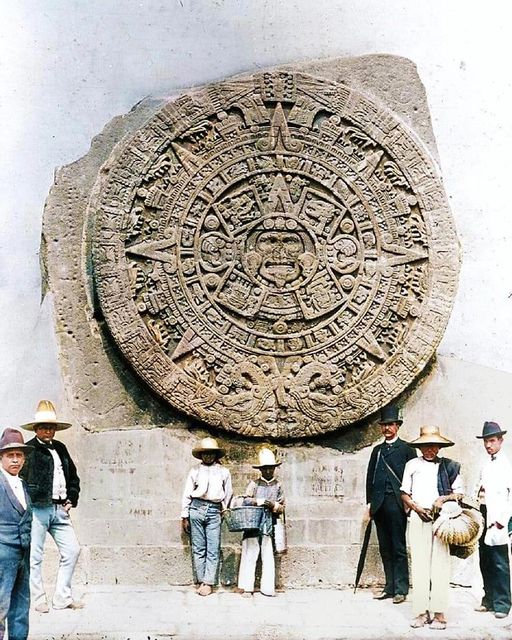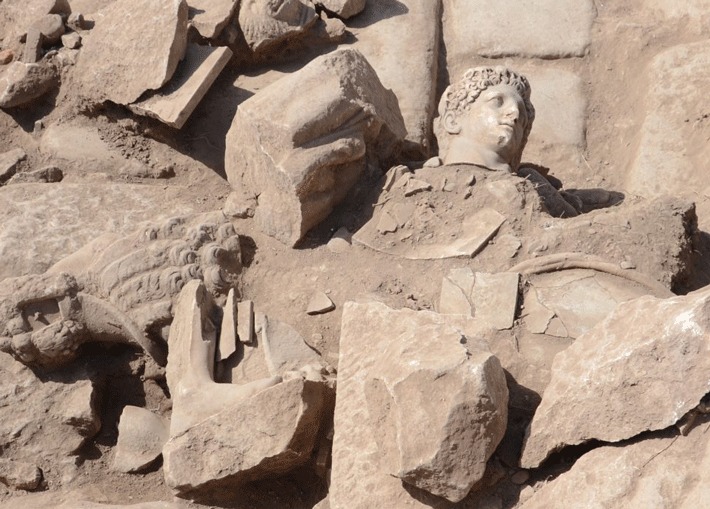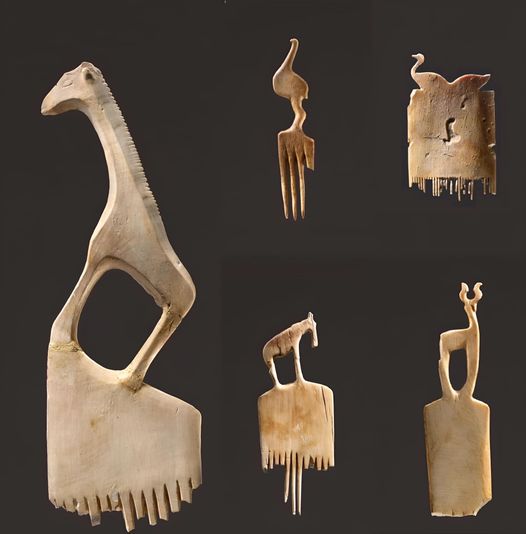When the hominins at Happisburgh resided in the area, there was a land bridge connecting Britain and France, which existed prior to the creation of the English Channel around 450,000 years ago.
Exploring Ancient Landscapes at Happisburgh
Step back in time to the Early Pleistocene, approximately 800,000 years ago, and journey to the ancient landscape of Happisburgh. Located on the Norfolk coast of England, Happisburgh offers a glimpse into the distant past when early hominins roamed the area, navigating a land bridge that once connected Britain to France. In this blog post, we'll delve into the fascinating history of Happisburgh during this period, exploring the environment, inhabitants, and significance of this ancient site.

Discovering the Early Pleistocene Landscape
As we examine the map showing the location of Happisburgh during the Early Pleistocene, we're transported to a time when the geography of the region was vastly different from what we see today. At that time, Britain and France were connected by a land bridge, allowing for the migration of early hominins and other wildlife between the two landmasses. The area surrounding Happisburgh was characterized by lush forests, rolling hills, and abundant freshwater sources, providing an ideal habitat for early human populations.
Unraveling the Mysteries of Early Hominin Occupation
The discovery of ancient hominin footprints at Happisburgh has provided invaluable insights into the lives of our early ancestors. These footprints, dating back around 800,000 years, represent the oldest evidence of human presence in northern Europe. They offer clues about early hominin behavior, movement patterns, and social interactions, shedding light on how our ancestors adapted to their environment and interacted with other species. Studying these footprints allows us to piece together the puzzle of human evolution and understand the origins of modern human populations.
Exploring the Significance of Happisburgh
Happisburgh holds immense significance in the study of human evolution and prehistoric archaeology. Its location on the Norfolk coast has made it a hotspot for archaeological discoveries, with evidence of ancient human occupation spanning hundreds of thousands of years. The presence of early hominins at Happisburgh underscores the importance of coastal areas in our ancestors' lives and highlights the role of migration and adaptation in human evolution. By studying sites like Happisburgh, archaeologists can deepen our understanding of the ancient past and unravel the complexities of human history.
Reflecting on Ancient Discoveries and Cultural Heritage
As we marvel at the ancient landscapes and discoveries of Happisburgh, we're reminded of the importance of preserving our cultural heritage and understanding the interconnectedness of human history. From the earliest footprints of our ancestors to the remnants of ancient settlements and tools, each discovery offers a window into the past and enriches our collective knowledge of human evolution. By safeguarding sites like Happisburgh and sharing their stories with future generations, we ensure that the legacy of our ancestors lives on, inspiring curiosity, exploration, and discovery for years to come.










